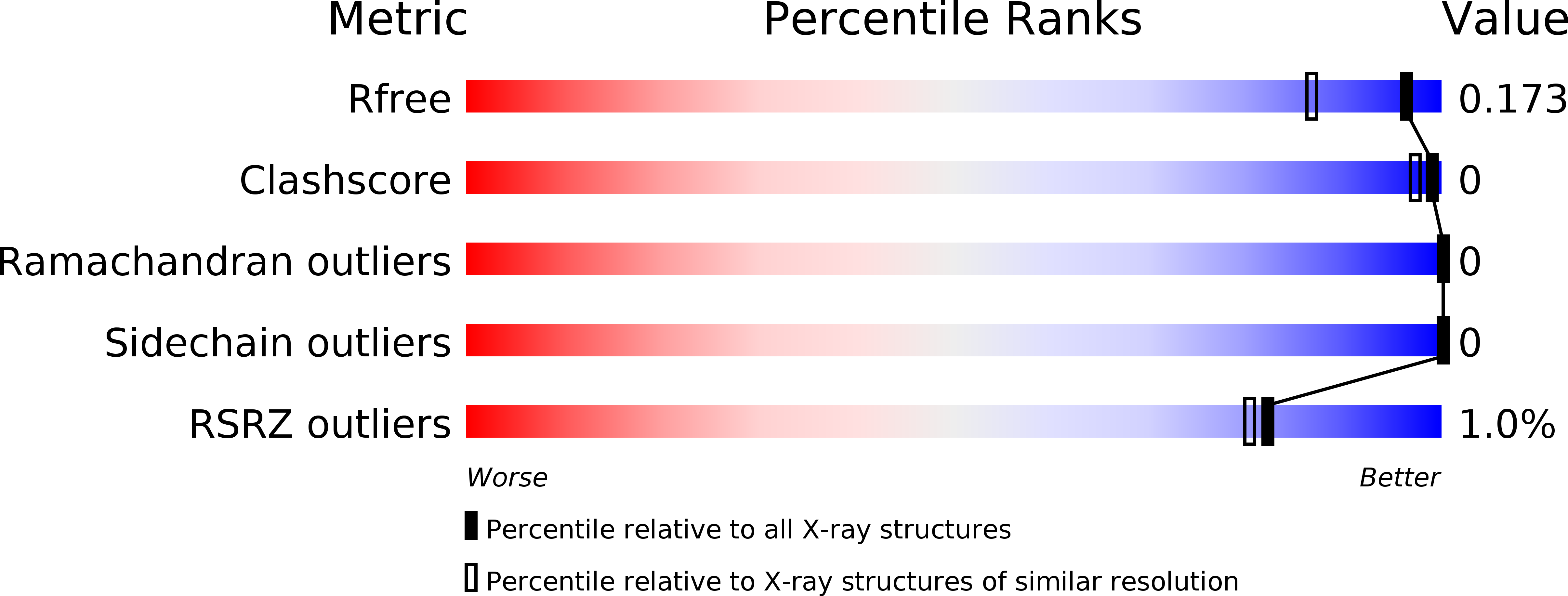
Deposition Date
2018-08-23
Release Date
2018-10-10
Last Version Date
2023-10-11
Entry Detail
PDB ID:
6M9M
Keywords:
Title:
Streptococcus mutans AlkD2 bound to inosine-5'-monophosphate
Biological Source:
Source Organism:
Streptococcus mutans (Taxon ID: 1309)
Host Organism:
Method Details:
Experimental Method:
Resolution:
1.40 Å
R-Value Free:
0.17
R-Value Work:
0.13
R-Value Observed:
0.13
Space Group:
P 21 21 21


